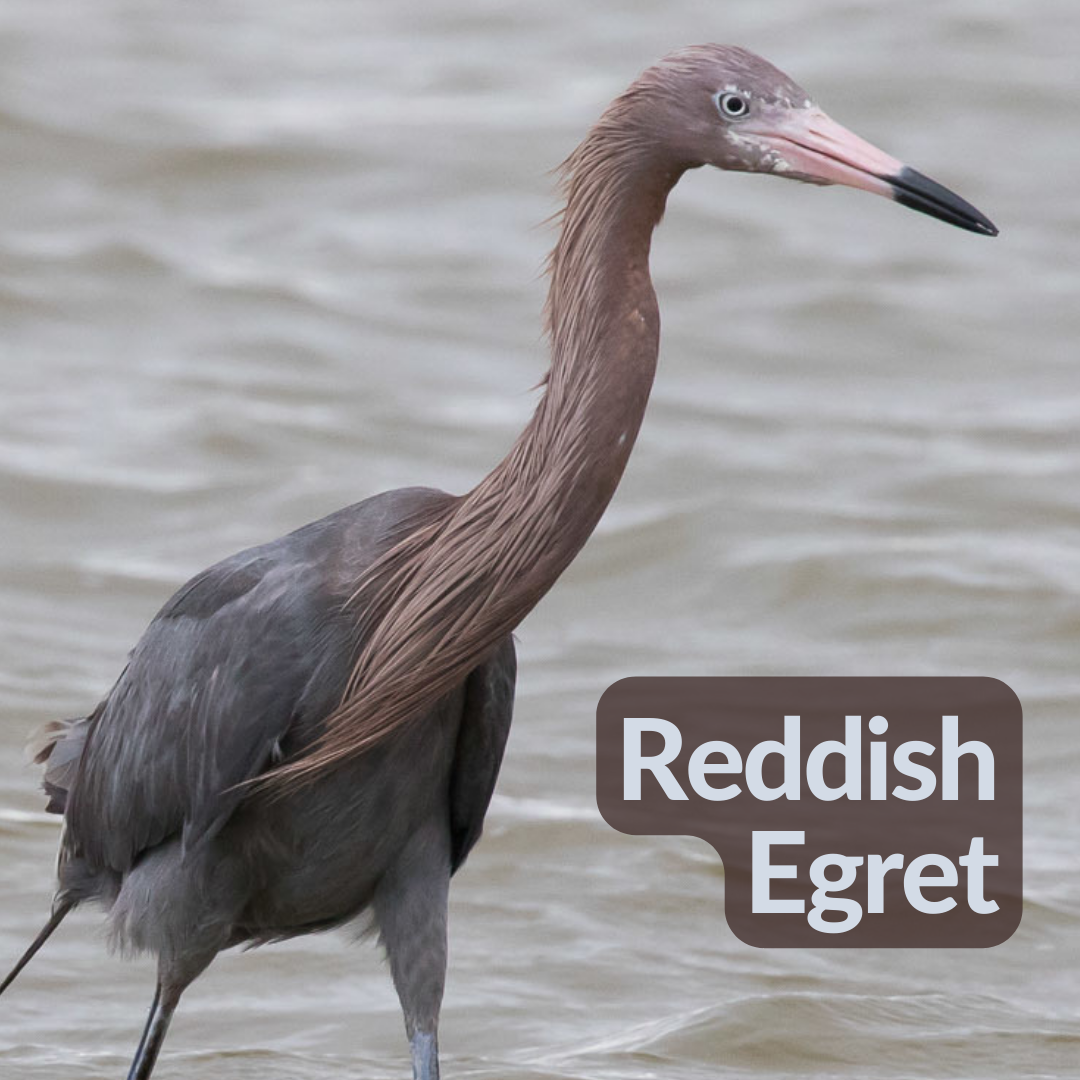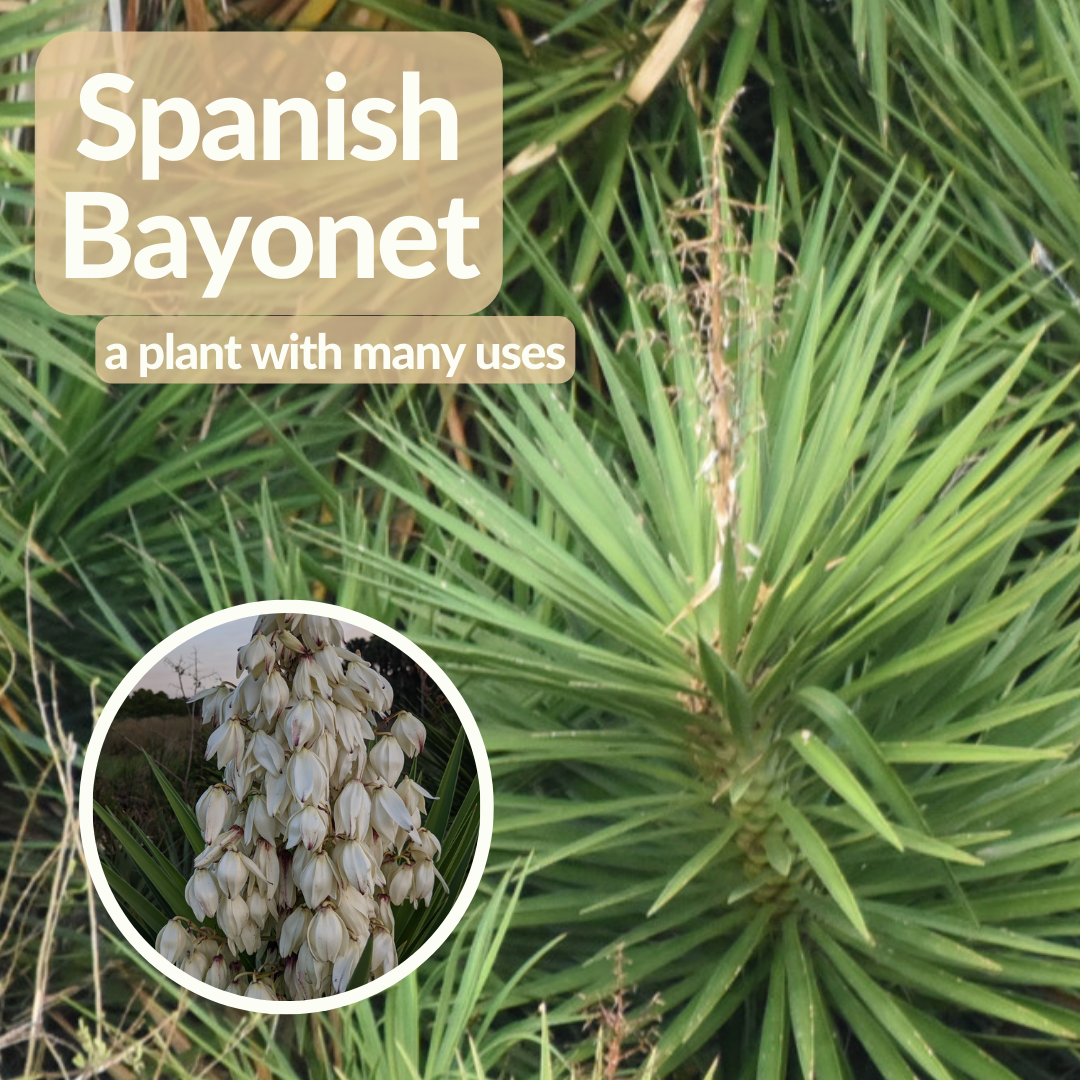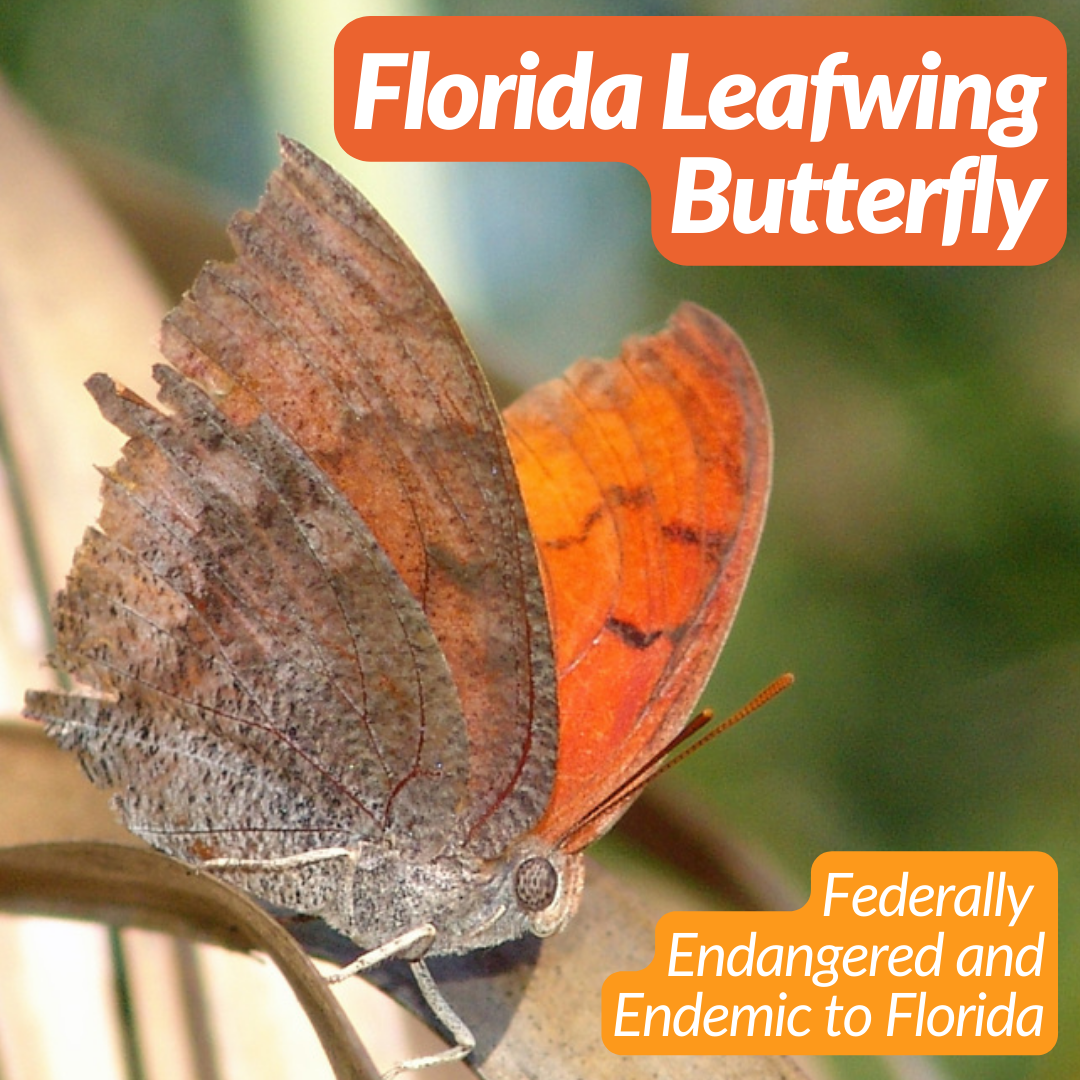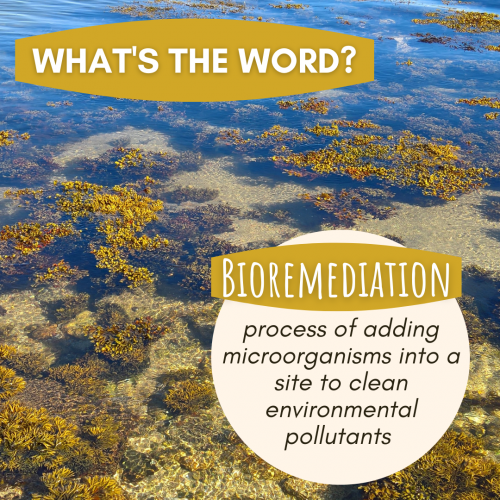
Coleen Sailsman, UF ’22
Environmental Science Major
TESI Environmental Leaders Network Intern
Summer 2022
Coleen Sailsman is an undergraduate student at the University of Florida studying environmental science. She is passionate about sustainable initiatives and solutions to climate and environmental justice issues. Throughout her college career, Coleen has focused on community outreach within extension work, library studies, and environmental leadership.
After graduation, she hopes to work in an environmental justice profession helping to address and right the social inequities affecting communities disproportionately. She also would like to be a sustainability advocate and help influence larger organizations to make sustainable decisions for the environment and its inhabitors. In her free time, she enjoys exploring new areas in her community and new nature preserves. She also enjoys drawing and painting nature scenes, plants and animals.
Read Articles by Coleen:
Read Social Media Content by Coleen:
Know Your Florida Instagram Posts (See more on @knowyourflorida)

The reddish egret is a tall, coastal-dwelling bird that typically feasts on small fish, amphibians, and occasionally small aquatic insects. It has two morphs, one of which is all-white, and the other being a dark, reddish-gray coloration. The dark morph is the far more common version, but a single nest of hatchlings can have a mix of both morphs. The reddish egret can be found across the Gulf Coast of the United States, the Caribbean, Central America, and the northern coast of South America. In coastal Florida, reddish egrets typically nest 3 to 15 feet above the water in mangroves. The species is considered state-designated threatened in Florida due to habitat disruption from coastal development, encroachment into their breeding sites by recreation, and climate change. Information from Florida Fish and Wildlife Conservation Commission, the Audubon Society, and the Cornell Lab of Ornithology. Image from iNaturalist user greglasley (CC-BY-NC). #Florida #KnowYourFlorida #ExploreFlorida #FloridaOutdoors #RealFlorida #FloridaAnimals #FloridaWildlife #FloridaBirds #BirdsOfInstagram #FloridaNatureLovers #KeepFLWild

A plant of many names, the Spanish bayonet, can be found across the Southeastern United States, the Gulf Coast including Mexico, and parts of the Caribbean. This plant thrives in areas with full sun, and moist, well-drained sandy soils. These factors allow it to be highly drought tolerant. Spanish bayonet has sword-like leaves and white, bell-shaped flowers when in bloom. Yuccas have a long history as their flowers and leaves have held many uses for Indigenous peoples. Yuccas have a rich concentration of saponins in their roots and would be used to make the soaps used in cleansing rituals. The flowers are also edible with an aromatic fragrance and delicate flavor. The leaves have very coarse fibers that allow them to be dried and used to start fires. When the plant was not used for sanitation or food, its sharp points were also used as a barricade to discourage foot traffic and ward off adversaries. A fun fact is that the yucca giant skipper butterfly has a strong symbiotic relationship with the Spanish bayonet. The larvae of this species can only be found on plants in the yucca family, making this plant important for the survival of this species. Info from UF/IFAS, the Florida Wildflower Foundation, the Institute for Regional Conservation, and the Historical Market Database. Images from iNaturalist users codystricker (CC-BY) and vita-sativum (CC-BY-NC). #KnowYourFlorida #Florida #FloridaPlants #Florida #FloridaNativePlants #FloridaNature #WildFlorida

The Florida leafwing butterfly is a federally endangered insect endemic to extreme South Florida. This species is characterized by its red to reddish-brown inner wings, while its outer wings resemble a dead leaf. It displays sexual dimorphism in which the females of this species have slightly darker outer wings and are larger in size than the males. During the fall and winter, the species’ coloration becomes darker to help with camouflage. The iconic, red inner wings can be seen most often during the summer months. The only place where this butterfly’s host plant, pineland croton, can be found is within pine rockland habitats. Bartram’s Scrub-Hairstreak, another federally endangered butterfly, shares the same host plant. The croton is the only host plant for both species, so they are restricted to South Florida, the Everglades National Park in particular. Development, the introduction of invasive species, and sea level rise threaten their unique habitat. Image from iNaturalist user markhollysalvato (CC-BY-NC). Info from the Florida Museum, the Center for Biological Diversity, and U.S. Fish and Wildlife Service.
Earth to Florida Instagram Posts (See more on @ufearthsystems)





